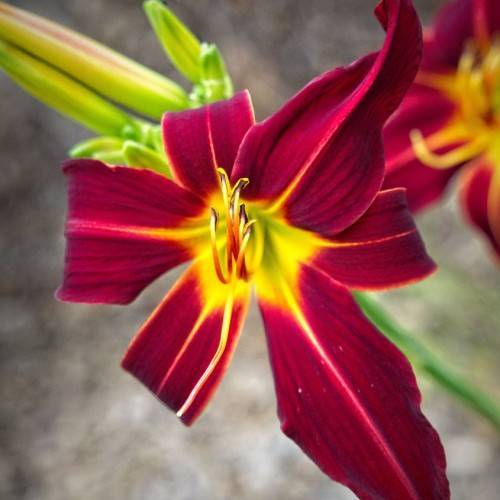
daylily
Hemerocallis 'Ribbons and Curls'
Cycle:
Herbaceous Perennial
Watering:
Average
Hardiness Zone:
3 - 9
Flowers:
Flowers
Sun:
Full sun,part shade
Leaf:
Yes
Growth Rate:
Low
Maintenance:
Low
Salt Tolerant:
Yes
Care Level:
Medium
watering
Daylilies need to be watered regularly to remain healthy and vibrant. In general, they should be watered 2-3 times a week, but this can vary depending on the time of year and how hot the weather gets. During the hot summer months, daylilies may need to be watered every day or every other day to keep the soil moist and prevent wilting. It's important to make sure the soil around the roots stays evenly moist, but not overly saturated. After watering, allow the soil to dry out slightly before watering again. Additionally, during the spring and summer months, daylilies may also benefit from an occasional layer of mulch around the base to help preserve moisture and prevent weeds.
sunlight
Daylily (Hemerocallis 'Ribbons and Curls') benefits from at least 6 hours of full sunlight per day for optimal growth and flowering. Partial shade is tolerated, but they will not reach their full growth potential in lowlight conditions. Morning sun is best, since it delivers the energy needed for flower production and drought tolerance throughout the day without burning the foliage. In hotter climates, it is beneficial to provide shade for the daylily during the afternoon hours.
pruning
Daylilies should be pruned once in spring or late summer. Pruning encourages healthy new growth. Start by cutting away any dead or diseased foliage to keep your daylily healthy. Remove any stems or leaves that are dead, damaged, or crossing each other. Once you have the dead foliage removed, you can shape the plant by trimming away excess foliage. When pruning, remove no more than ⅓ of the plant's foliage. This will help to ensure that the daylily retains its compact form. It is important to exercise caution when pruning daylilies to avoid cutting off any flower buds. After pruning, water your daylily and apply a layer of organic mulch for a healthy start to the season.
